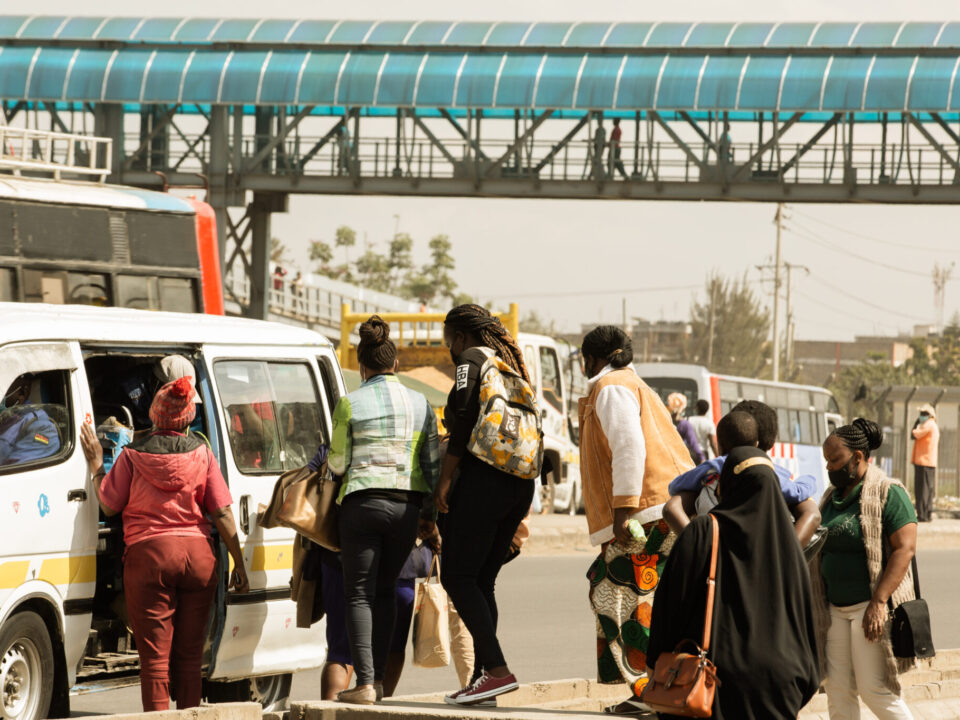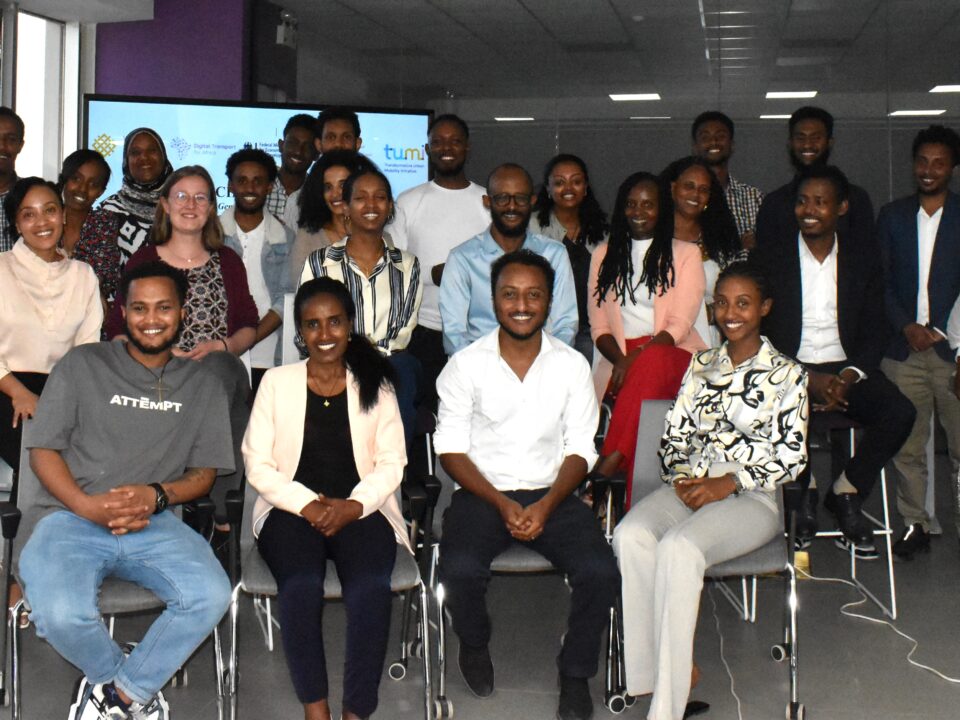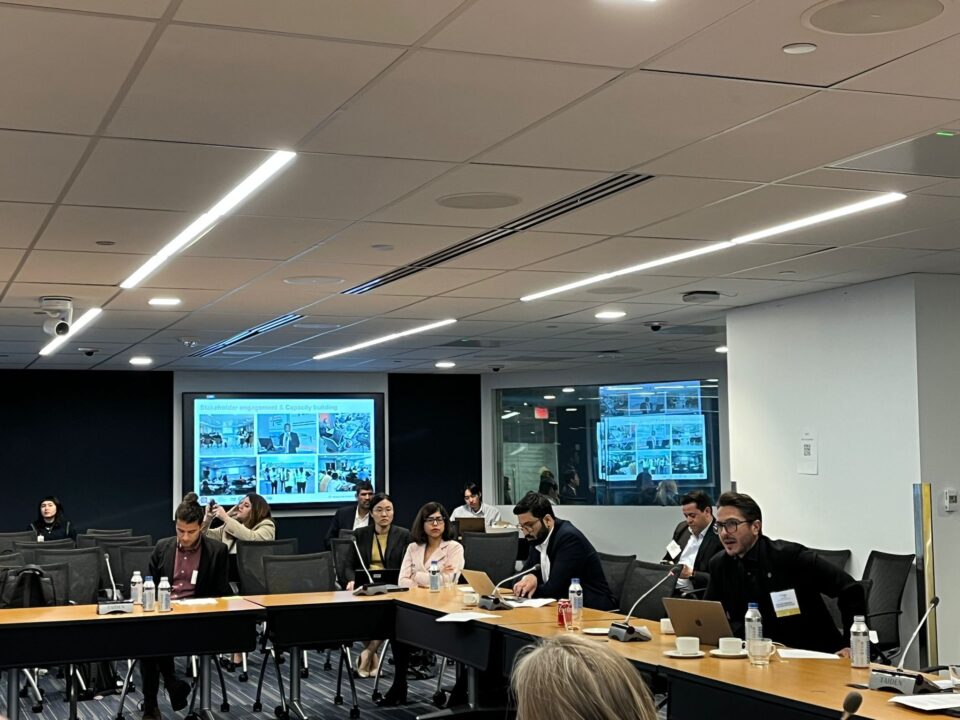
WRI and Partners Select 4 Winners for Digital Transport for Africa Innovation Challenge
14 June 2022
DT4A at The National Symposium On Road Safety 2022 – Kampala, Uganda
8 August 2022Route signs waiting to be placed on a vehicle in Kampala Old Taxi Park. Photo by Tamara Kerzhner
In 2015, the chairman of a Kampala administrative zone about 10 kilometers (6 miles) from the city’s downtown addressed a hand-written note to the chairman of a minibus taxi association. He humbly requested the group of drivers expand its services into the neighborhood, citing both commercial demand and equity, arguing poor transport to and from the rest of the city and to a newly opened health center was “leaving us behind.”
After several months of exchanges with the Kampala Central City Authority, including an initial denial, a further appeal from both the administrative zone and the association, and finally authorization, service expansion began. A new route to the neighborhood was launched and saw immediate success, with two dozen 14-seater minibuses serving hundreds of passengers on the first day.
Not all expansions of privately operated transport systems across African cities have such an auspicious or easily identifiable start. Referred to as “paratransit” or “informal” transport, the ubiquitous minibuses and taxis operating around the continent and elsewhere in the world are often described as chaotic or disorganized. Their operations, which provide the main transport option for hundreds of millions of people daily, are often characterized as somehow miraculous or organic – reflecting a dismissive colonial language, even if frequently coated in a cloying romantic positivity.
In fact, as the experience of that neighborhood in Kampala shows, the informal transport sector is often actively planned, highly organized and subject to complex regulation, albeit in ways not easily perceptible to top-down planning authorities. This includes extensive deliberations, tradeoffs, assessments, and investments of time, cost and risk in the development or extension of new routes.
With support from the Lee Schipper Memorial Scholarship and the Weiss Fund for Development Economics, I investigated how informal transit routes formed and changed, and to whose benefit, in Nairobi, Kenya; Lilongwe, Malawi; and Kampala, Uganda. In examining these three cities – each with distinct informal transport sectors – the role of organizations and workers’ power came to the forefront in explaining spatial operating patterns.
Lilongwe
Lilongwe hews most closely to the atomized operating patterns often assumed of informal transit, with drivers theoretically free to choose where to operate throughout the city (government public transport licenses cover the entire metropolitan area) and often shifting between destinations throughout the day. Routes are established and maintained primarily following historic patterns: passengers go where the buses are, and buses go where the passengers are.
Across Malawi, driver and owner associations are organized primarily at the national level, and don’t manage local routing or terminals. As a result, large areas of Lilongwe go un-serviced. Operating on the “target system,” in which a driver leases a bus for a daily payment to the vehicle owner (a fee usually untethered to actual earnings), drivers are heavily incentivized to follow established routes and stops to be sure of collecting enough passengers. Investing the time and money required to start a new service, which would be unprofitable until passengers come to learn of it and change their travel patterns, is very risky. Likewise, potential passengers have no obvious redress for changes because of the national structure of the driver and owner associations, unlike the case of the Kampala chairman’s letter.
Altogether, this system ends up being unresponsive to physical changes to the city and provides inequitable coverage of different neighborhoods.
Nairobi
In Nairobi, each route or group of routes is managed by a Savings and Credit Co-Operative (SACCO), made up of the vehicle owners on those routes. The licenses of these owners do not permit easy switching of operations to other locations. SACCOs respond to formal and informal requests from passengers and have the financial and managerial capacity to expand to new locations.
When a SACCO decides to establish a new route, collective funds are used to “top-up” the earnings of the drivers and vehicle owners on the new route until a passenger base is formed. This process can take anywhere from 2 to 10 months and can incur hundreds or thousands of dollars per expansion. Funds must be carefully collected and invested, taken from fees, savings or other income.
But in terms of results for residents, is this more flexible system better able to chart new routes and improve accessibility? Not entirely. It is here that the differences in political economy reveal more nuanced mobility and planning needs.
SACCOs are competitive, and their managers pursue growth by capturing market share from other SACCOs, differentiating themselves through cheaper prices, better vehicles and quality of service, as well as spatial coverage. With this dynamic, SACCOs favor more complex and evolving route networks but are still often concentrated on the most central, lucrative corridors. Some areas of the city end up over-served and congested, while peripheral locations and new connections – critical in fast-expanding cities – are developed more slowly.
Kampala
Kampala is superficially similar to Nairobi, with strong Stage Associations that take proactive planning roles and organize all the drivers and conductors operating routes from a single “stage” or terminal. For example, in some Kampala locations, drivers operating new routes are allowed an extra trip on a more regular route instead of receiving a “top up,” essentially gaining a small subsidy from the other drivers. But there are key structural differences that result in different outcomes.
Where the SACCOs are composed of vehicle owners, Stage Associations are made up of drivers. Stage Associations are also organized into local and national associations, and have an international affiliation through the national transport union of Uganda (ATGWU) and the International Transport Workers’ Federation. This complex administrative structure works to avoid and resolve conflict between Stage Associations. Which areas each Stage operate in, and which new locations can be considered naturally belonging to it, are extensively delineated and discussed and encroachment is not considered a legitimate part of operations.
As a result, Kampala’s stages emphasize expanding service to new areas, avoiding duplicating operations or locations, and can be very responsive even to the requests of a handful of residents for the extension of a route. But the tradeoff is that the resulting transport network is heavily radial, leading to a high need for transfers, with complex inter-stage negotiations (which are rarely undertaken) required to develop important cross-city routes.
Collaborating for More Effective Route Formation
In informal systems, even when government or city authorities play a role in approving or licensing operations, they rarely act as proactive planners; route networks are created primarily by the private transport operators. Finding ways to engage these operators as partners rather than adversaries is a key step for city leaders to build more equitable and sustainable mobility.
As the cases of Lilongwe, Nairobi and Kampala show, effective collaboration requires a much more nuanced understanding of “informality” than is currently the case. Otherwise, understanding key transport challenges is next to impossible. How routes are decided and operated, the labor and organizational structures, and the territorial belongings and claims that operators have throughout cities all have to be understood to successfully incorporate informal operators into reforms or new systems like bus rapid transit.
By collaborating and investing in route formation with informal drivers, owners and associations – as an upcoming pilot with the International Growth Center and the Uganda Transport Workers Unions in Kampala will try – planners can more effectively support the evolution of route networks in ways that serve both passengers and operators.
Special thanks to engagement from the Amalgamated and General Transport Workers of Uganda (ATGWU); Makerere’s Urban Action Lab in Kampala; University of Nairobi’s Institute for Development Studies; Lilongwe City Council; Concern Worldwide; and research assistance from Zayeenab Chilumpha, Wilfred Jana and Sekani Tukula in Malawi.
Cross-posted from https://thecityfix.com/blog/how-are-new-informal-transit-routes-formed/
About the Author
Tamara Kerzhner is a PhD candidate at the Department of City and Regional Planning at the University of California, Berkeley, and a 2021 Lee Schipper Memorial Scholarship Winner.




